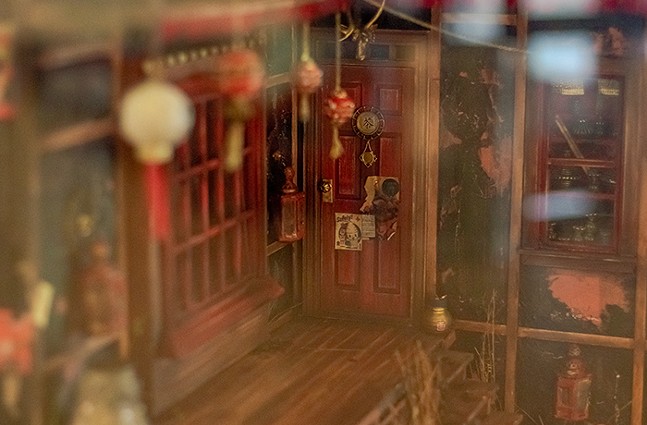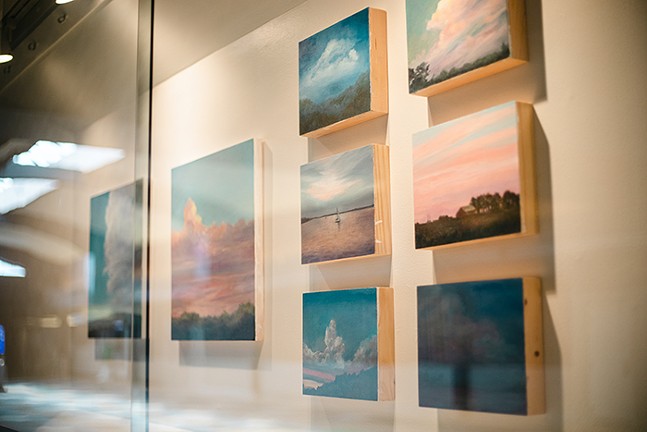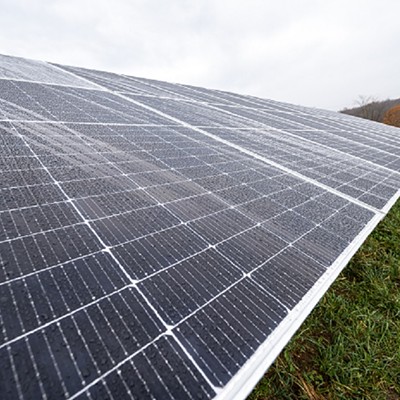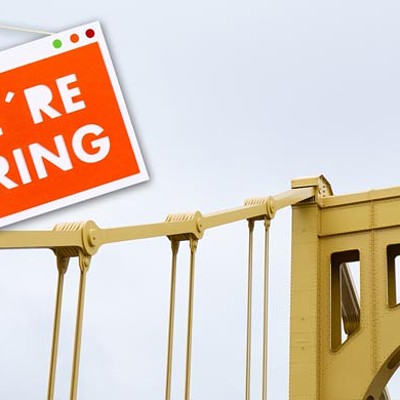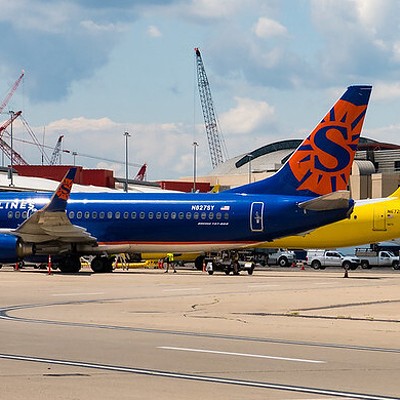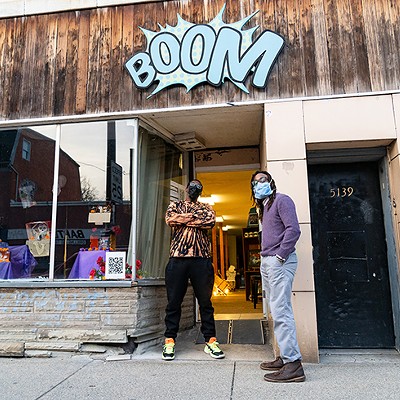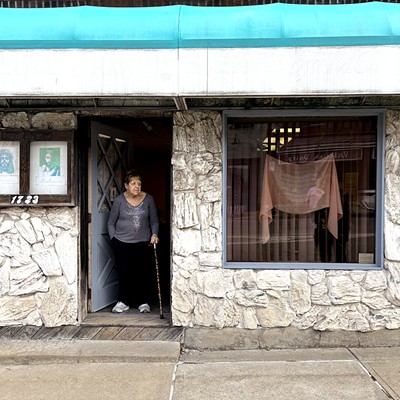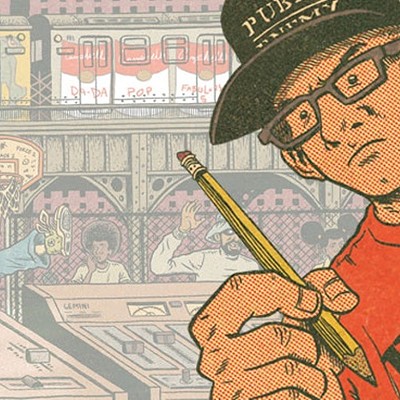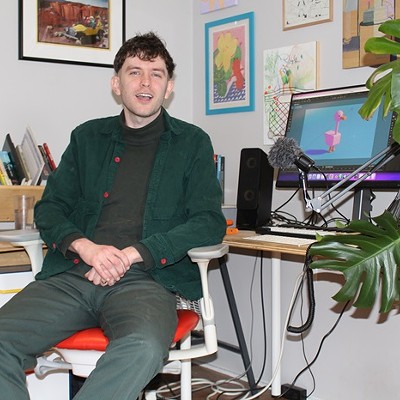Airports have earned a less than stellar reputation as of late. Over the past few months, passengers in the United States and all over the world have contended with countless canceled flights and mountains of lost luggage, all the result of staffing shortages, extreme weather, labor strikes, and other factors.
The chaos has even affected the Pittsburgh International Airport, to a degree that a recent study by CNN ranked it as experiencing one of the highest rates of flight cancellations in the U.S. With 3.7% of flights leaving Pittsburgh canceled between May 28 and July 13, PIT had the sixth most cancellations in the country.
This worldwide dilemma has highlighted the role airports play as spaces where people could be stuck for hours, even overnight, waiting to hear about a canceled or delayed flight. Every day, these giant corridors must work to ensure the comfort and security of millions of travelers from around the world. There are certain amenities that make the wait easier, including stores, restaurants, and bars, as well as amenities like lounges, and free access to WiFi and charging stations for mobile devices.
While PIT offers all of that, the airport has gone a step further by serving as a gallery space where passengers passing through can experience works by local and national artists. PIT boasts a series of programs and will even expand its art offerings beyond the inside of its terminals with two major public art projects set to debut in a few years.
Keny Marshall has served as the arts and culture manager for the Allegheny County Airport Authority since January, playing a key role in helping PIT’s art programs recover from the pandemic, which took a major toll on air travel. He oversees Art in the Airport, a program dedicated to showcasing local, regional, national, and international artists working in a range of media.
“We believe that art, and especially art in public spaces, is key for people to interact with, and they do improve your lived experience,” Marshall says in a phone interview with Pittsburgh City Paper. “And that's not just for travelers, you know, that's for everyone in any space. And I think we have a second side of that, which is that, because of the way people travel through airports and interact with airports, we have a situation where people are doing a lot of waiting. And there may be some anxiety associated with that waiting, and really anything that we do to improve your experience is important. And I certainly think that art is an important part of improving that experience.”
An accomplished sculptor in his own right, Marshall understands the opportunities a place like PIT can offer local artists looking to gain exposure. The airport features a number of rotating, temporary exhibits that stay up anywhere from a few months to a year.
Currently displayed at PIT are works by local artists Natalie Condrac, Wavy Wednesday, and Sonja Sweterlitsch. Marshall believes the featured artists showcase the wide-ranging quality of Pittsburgh’s art scene. Condrac, he explains, produced miniature sculptures as part of Letters Under the Floorboard, an exhibition located in the landside transit portion of the airport.
Marshall says the works are about the “secret and hidden spaces all around us,” adding, “So imagine a world exploding out of the body of a guitar. So it's a tiny, little world that you have to get up close and personal with.”
In landside ticketing, Wavy Wednesday uses the iconic Barbie doll in a series of six paintings that examine the experience of Black women, while Sweterlitsch captures cloudscapes and sunsets in her paintings, which can be seen in airside concourse C.
Besides serving as a therapeutic distraction from the stress of travel, art can also educate passers-through about the Steel City. To this end, Marshall emphasizes contributions by artist and preservationist Cory Bonnet, whose show Patterns of Meaning covers the “history of innovation in Pittsburgh.” Launched to coincide with an incoming Association for Iron and Steel Technology conference in May, the show includes salvaged artifacts from Pittsburgh’s steelmaking days along with paintings by Bonnet.
The program’s mission extends outside the airport with two major upcoming public art projects. Artists Adam Kuby and Patrick Marold were recruited to develop two large-scale artworks as part of PIT’s billion-dollar Terminal Modernization Program, an ambitious effort to streamline ticketing, security checkpoints, and baggage claim, while introducing new parking, roadways, and rental car facilities.
Another aspect of the project sets out to make the airport a more pleasant place to visit. In addition to planned greenspaces, the two works by Kuby and Marold will add creative flair to otherwise dull surroundings, all of it inspired by and evoking the spirit of Pittsburgh.
Marold, who works out of Boulder, Colo., will highlight the pedestrian walkways with “Open Columns,” a work consisting of four 20- to 40-foot-tall steel cylinders meant to evoke the “smokestacks of Pittsburgh’s steelmaking heritage,” according to a statement. Kuby, an artist based in Portland, Ore., designed “Cross Currents,” an expansive effort that adds grooved patterns to the airport’s concrete retaining walls and other features.
“Just the scale is much larger than other projects I've worked on,” says Kuby. “With the roads and bridges and retaining walls, I think it's over a football field’s worth of square footage.”
Kuby says that he first experienced Pittsburgh in the 1980s while visiting his sister, then a student at Carnegie Mellon University. After being elected for the terminal project, he says the airport team and public art managers gave him a several day-tour of “all things Pittsburgh,” which provided an overview of the city’s history, landscape, topography, and culture.
“I am really interested in integrating art and my own kind of processes into the fabric of the places where we live and work and travel and circulate,” says Kuby. “So the airports are amazing places. For all those reasons, it’s a great opportunity to collaborate with a design team on big infrastructure.”
Both pieces are slated to debut in 2025. “Everybody will be able to see their works as they drive up to the airport, even if you're just dropping somebody off,” says Matt Neistein, manager of communications for the Allegheny County Airport Authority. “Those will be an example right off the bat of art that will be apparent before you ever get out of your car.”
Marshall says efforts to bring art to PIT illustrates how the airport strives to act more as a destination than a liminal space. He expands on this, saying that the art not only enriches the lives of travelers, but the thousands of people who work in the airport daily.
“And we feel like, at least from a numbers side, we are a Pittsburgh neighborhood,” he says. “So we would like to certainly connect with the region and our neighbors, and I believe we are putting out offerings that will make that more attractive.”
Art at the Airport. tinyurl.com/ArtAtTheAirport

